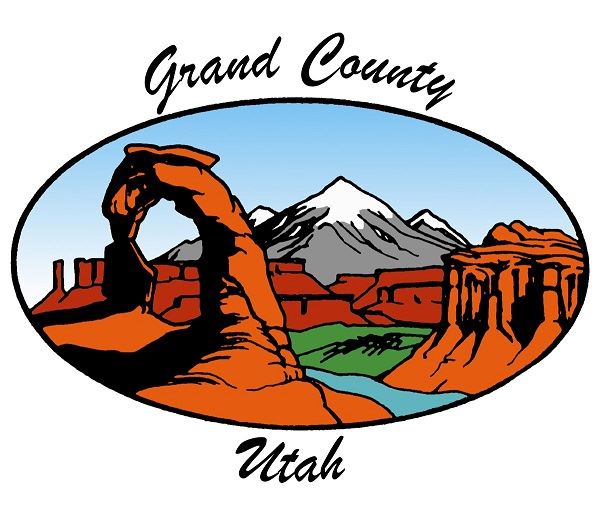Maggie McGuire
Moab Sun News
The Bureau of Land Management has officially rolled out a new rule aimed at safeguarding crucial wildlife habitats in Mineral and Hell Roaring Canyons, nestled in the heart of Grand County, Utah.
This significant decision places restrictions on activities facilitating human access to otherwise hard-to-reach habitats vital for the well-being of various wildlife species, including the Mexican spotted owl, golden eagles, and Utah’s sole native herd of desert bighorn sheep.
The comprehensive rule outlines a series of prohibitions, including rock climbing (permissible only in designated areas and at specified times), and a range of roped and aerial activities such as ziplining, slacklining, climbing, rappelling, rope swinging, BASE jumping, parachuting, and skydiving.
Additionally, the construction or installation of temporary structures is strictly forbidden. Covering a span of 10,044 acres, this rule affects approximately one percent of BLM-managed public lands within the jurisdiction of the Moab Field Office.
Moab Field Manager David Pals emphasized the rule’s importance in preserving the tranquility of these specific areas for iconic wildlife species.
“This rule ensures these iconic wildlife species continue to have areas with limited disturbance from recreational visitors to BLM-managed public lands,” stated Pals. “While these aerial and roped recreation limits cover a very small area, they will provide huge benefits for wildlife success.”
The Federal Register notice offers detailed insights into the rule, stressing the necessity of obtaining Individual Special Recreation Permits for rock climbing in the designated area during specific seasons. Mineral and Hell Roaring Canyons, situated approximately 30 to 43 miles west of Moab, are accessible primarily via dirt roads.
This decision comes after the BLM issued a decision in June 2021, which informed the current rule, following an environmental assessment that incorporated public input. The proposed rule was released for public review and comment in January 2023. Responding to public feedback, the BLM reduced the area closed to highlining and adjusted the rock climbing permit system to enhance flexibility.
The final supplementary rule and associated environmental documents, grounded in the best available science, are available for inspection at BLM’s Moab Field Office and on the ePlanning website.




